Motorists north and south of Melbourne will be getting home sooner and safer after a $140 million injection to bust congestion.
Prime Minister Scott Morrison said the funding would make a real difference to the lives of people living in Frankston and surrounding Bayside areas, as well as those commuting north of the city.
“We want Melburnians to get home sooner and safer with help from our Urban Congestion Fund,” the Prime Minister said.
“Our plan for a stronger economy means we can back the local projects that will help bust congestion around the city and suburbs.
“I want people to spend less time stuck in traffic jams and more time at home with their families and working in their businesses, that’s what matters.
“Chris Crewther has made it clear how much pressure congestion is putting on Bayside families and businesses given how quickly that area of Melbourne is growing. Help is on the way.”
The Government has committed $30 million to upgrading Ballarto Road—a key east-west arterial that experiences significant congestion, and carries up to 12,000 vehicles a day. The project will include intersection upgrades to reduce congestion and allow traffic to enter the main roads safely from residential streets.
The funding forms part of a $261.3 million investment in Melbourne’s road network through the Coalition Government’s $1 billion Urban Congestion Fund.
Federal Member for Dunkley Chris Crewther said he had been fighting for extra funding to help reduce congestion on local roads.
“So many residents of Carrum Downs, Skye and Sandhurst, along with Skye CFA, have told me how hard it is to get in and out of Ballarto Road to and from their residential streets. So I’ve been fighting for funding to resolve this major congestion issue,” Mr Crewther said.
“With so many families and businesses living in and moving into the area, we’re coming to the rescue to stop locals from being stuck in traffic, to keep people safe and to ensure they can spend more time at home with their families.”
Minister for Cities, Urban Infrastructure and Population Alan Tudge said he had lived most of his life in the outer suburbs of Melbourne so had seen firsthand why congestion in Melbourne in now rated worse than Sydney.
“I know the frustration that Melbourne motorists feel which is why we’re targeting local traffic headaches as well as major highways,” Minister Tudge said.
“Our Urban Congestion Fund is helping to deliver a more reliable road network for Melbourne commuters and freight, and support critical access to employment centres and freight hubs.
Estimates put the cost of congestion in Australia’s capital cities at $25 billion per year, projected to reach $40 billion by 2030.
The most congested section of the Calder Freeway—23.3 kms from Sunbury to the M80 Ring Road—will receive a $50 million boost. A further $50 million will target the expected massive increase in peak hour traffic on parts of the Hume Freeway. In 2011, 2,500 vehicles travelled on the Hume during peak hour periods, expected to jump to 4,300 by 2031. The Fitzsimons Lane and Main Road corridor in Eltham will also receive $10 million to tackle congested sections.
The Coalition has committed more than $20 billion in Victorian roads and rail since 2013, including $7.8 billion provided in last year’s Budget.
Minister Tudge said major urban infrastructure projects already underway across Melbourne included the M80 Ring Road and Monash Freeway upgrades, the $140 million Victorian Congestion Package, the North East Link, and the Melbourne Airport Rail Link, and builds on our work that is already busting congestion including the CityLink Tulla Widening project,” Minister Tudge said.
“The Urban Congestion Fund will deliver a more reliable road network for commuters and freight, and support critical access to employment centres and freight hubs. This is as much about hitting those local traffic headaches as it is about the major highways and providing a safer journey home for motorists,” Minister Tudge said.
Source: The Australian Department of Infrastructure, Regional Development and Cities




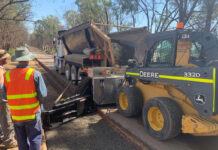

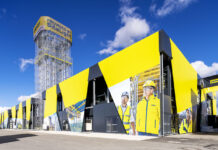
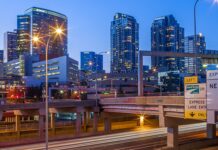
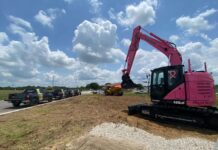
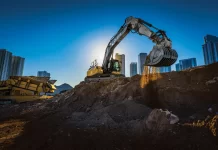
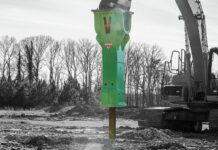
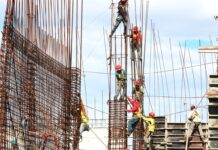

 Copyright 2020 All rights reserved.
Copyright 2020 All rights reserved.